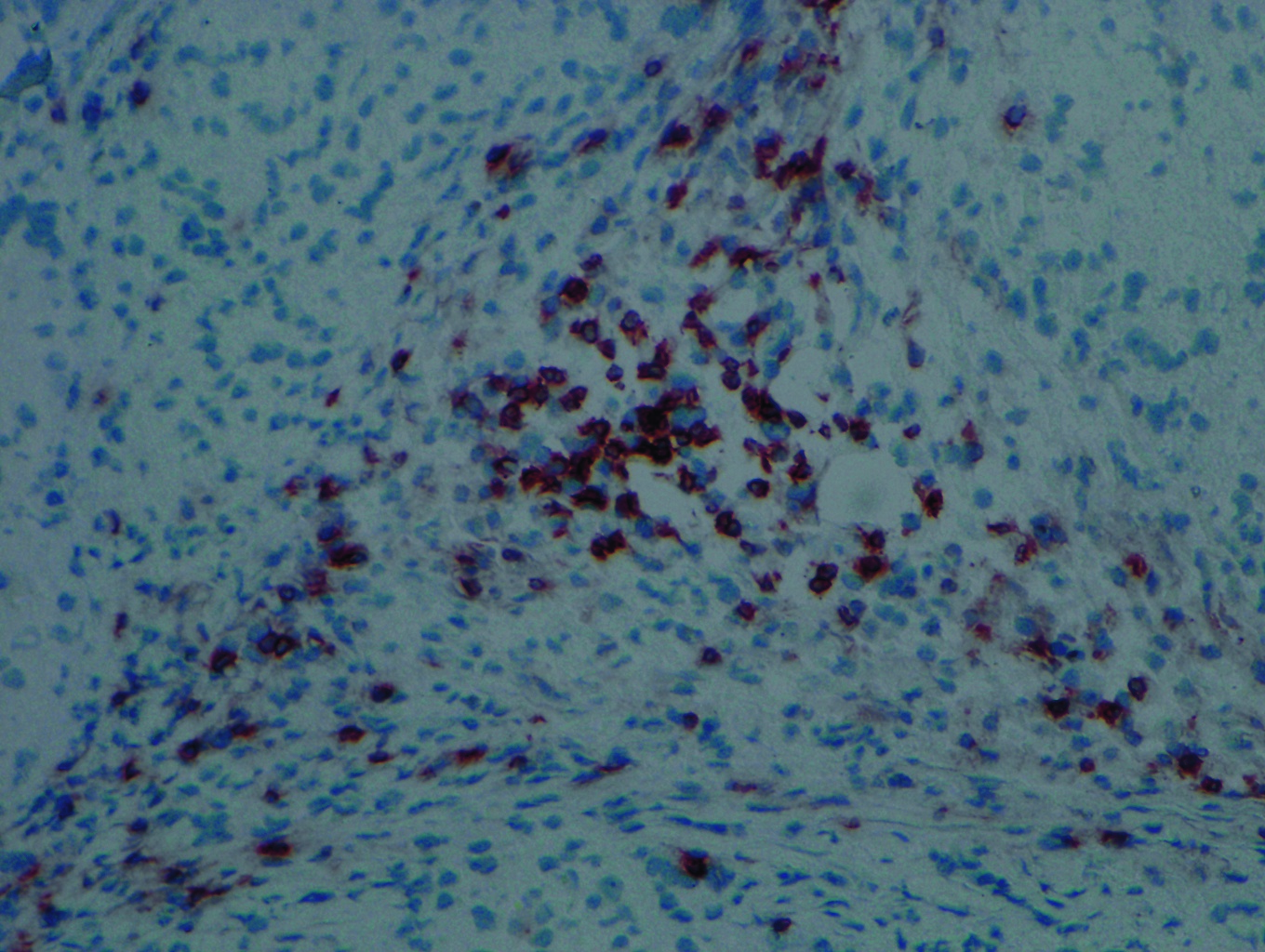Stem cells may be rejected by the animals they first came from, according to research published in the journal Nature this week. This could be a huge stumbling block in the use of induced stem cells for therapy.
Induced Pluripotent stem cells, or iPSCs, are created by taking normal cells from an animal, then exposing them to factors that could allow them to differentiate into any of the body's cells, much like embryonic stem cells. As they are genetically identical to the animal, it's been assumed that they would not cause an immune response, and therefore avoid rejection.
 Now, Tongbiao Zhao and colleagues at the University of California, San Diego, have tested that assumption, and found that, at least for 2 of the methods of inducing pluripotency, it doesn't hold true.
Now, Tongbiao Zhao and colleagues at the University of California, San Diego, have tested that assumption, and found that, at least for 2 of the methods of inducing pluripotency, it doesn't hold true.
The team took mouse fibroblasts, cells that make up the structural component of skin, and used two different techniques to turn them into iPSCs before transplanting them into genetically identical mice. They did the same with embryonic stem cells for comparison.
The results were startling. The embryonic stem cells were mostly able to grow and divide within the mice, but the induced stem cells triggered an immune attack, growing to far smaller sizes and showing damage typical of immune rejection. Induced cells transplanted into immune deficient mice were able to grow and divide as normal.
Genetic comparisons showed certain genes were over expressed in the induced compared to embryonic stem cells, and subsequent testing showed that this is most likely to be responsible for inducing a T-cell mediated immune response.
This is a stumbling block for induced stem cell therapies, and shows that we need to ensure that cells created in this way are not just genetically identical to embryonic stem cells, but that we also need to account for epigenetic factors such as gene expression.










Comments
Add a comment